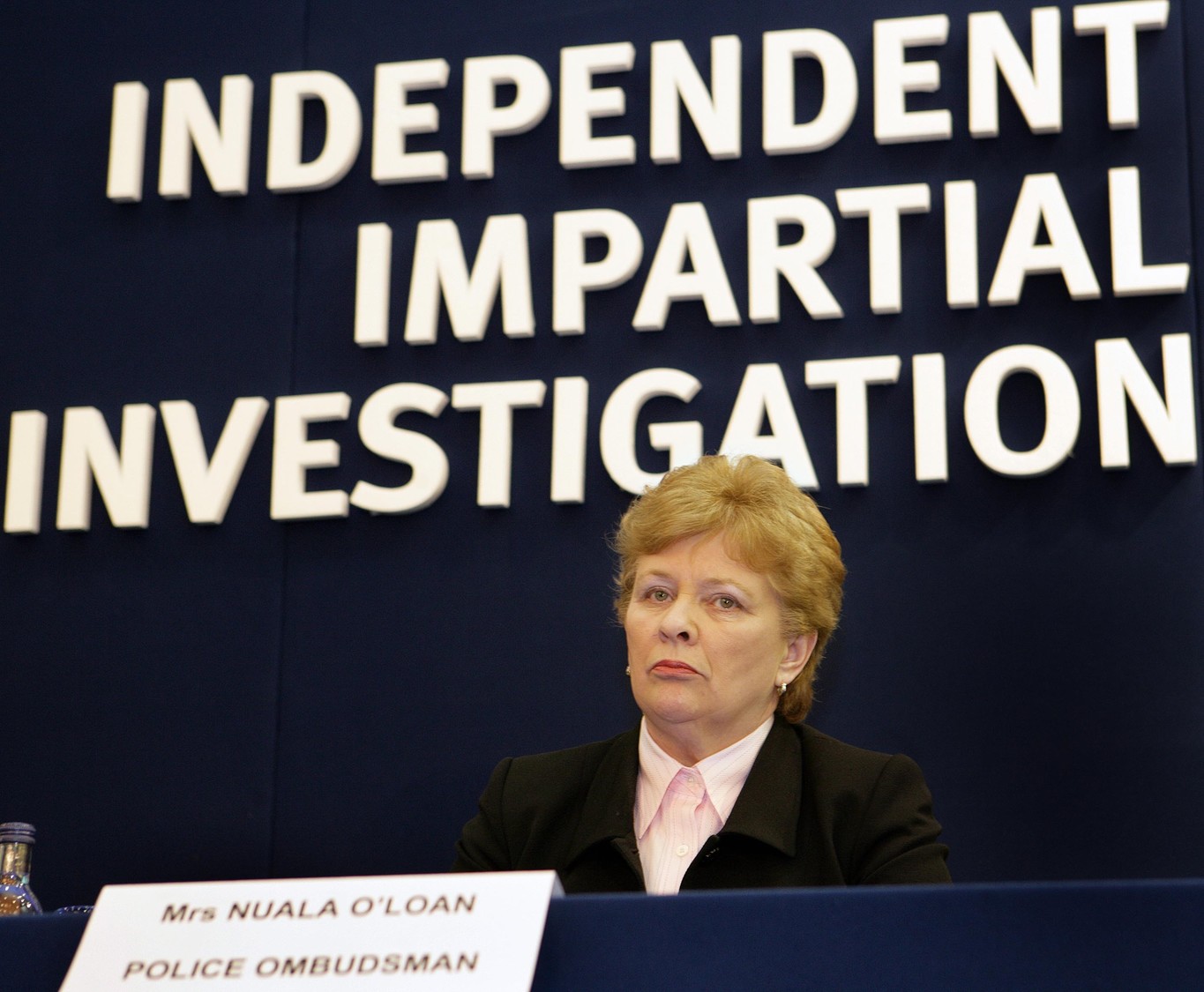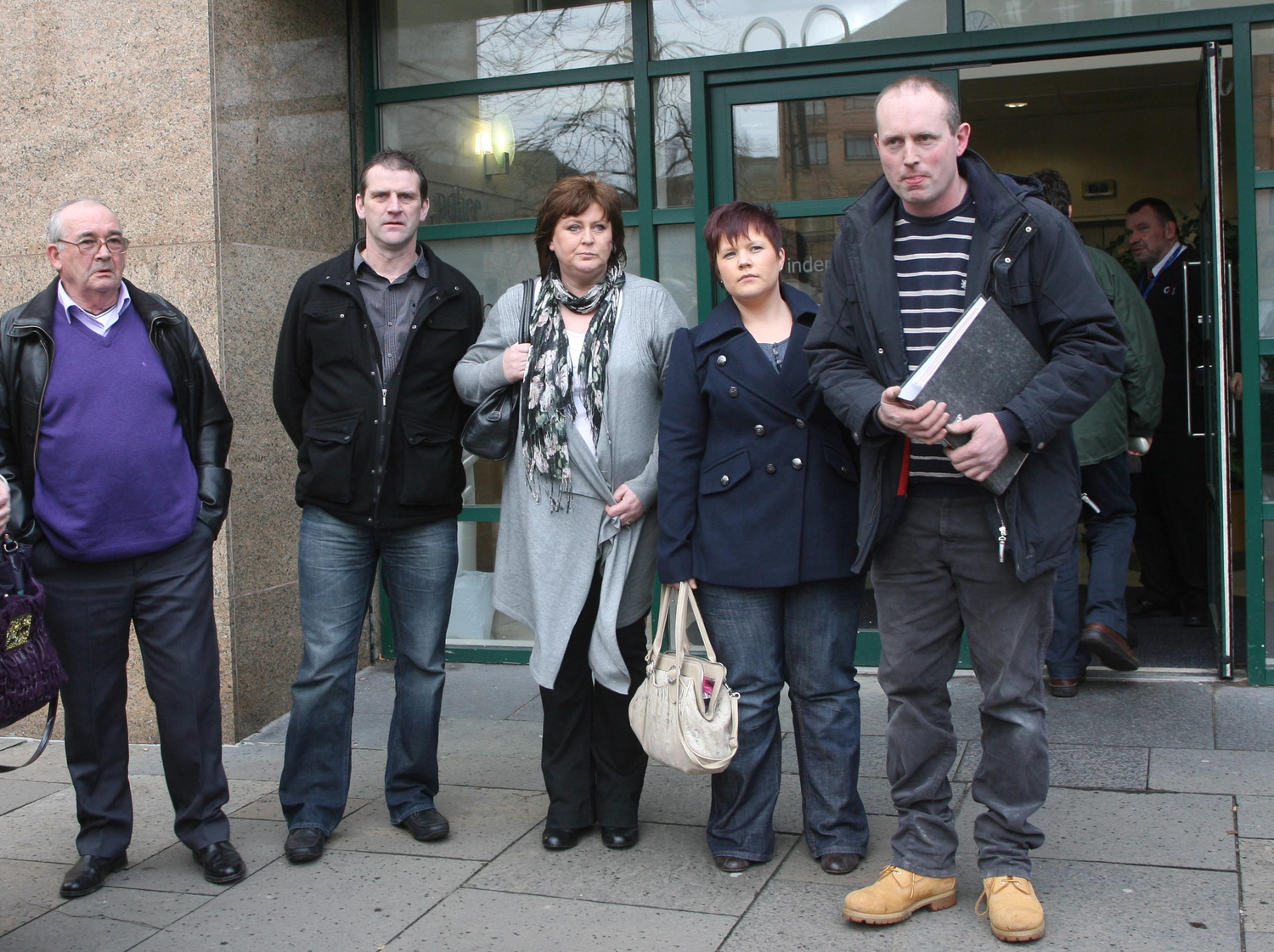If the Police Ombudsman’s report into the McGurk’s Bar attrocity highlighted his reluctance to grapple with collusion, his report into Loughinisland is startling by its absence of another crucial piece of the picture: the role of Special Branch both before and after the massacre.
Mr Hutchinson states that he studied all “available intelligence” connected to the killings but important intelligence-related aspects of the case are not even mentioned in the report, raising questions over just how deep his investigation went in this case and, again, drawing attention to a “civil war” within his own office.
One example is the sightings of the killers’ car in the south Down area in the weeks before the attack – clearly the domain of Special Branch, clearly a critical avenue for Mr Hutchinson to explore; but there is not a single reference to this: the context of the sighting; whether or how the information about it was dissipated within police circles; and whether it provided leads for the investigation.
Also, more than 10 years ago police told the families that they had recovered a hair follicle on one of the killers’ balaclavas.
The families were assured that police would be able to bring the killers to justice if just one bead of sweat was recovered from the balaclavas and boiler suits recovered.
But despite the hair follicle appearing to be one of the most important forensic lines of inquiry there is no mention of it anywhere in the ombudsman’s report.
The 56 page report – surprisingly only 26 pages of which is devoted to a five year-long investigation – provides no clarity on the Police Ombudsman’s relationship with Special Branch and the level of access he has achieved into Special Branch during this investigation; a pronounced contrast to the work of Nuala O’Loan on Omagh and the Mount Vernon UVF, which majored on the role of Special Branch in murders in which it was alleged that informers were protected from prosecution.
Omagh and the Mount Vernon cases spanned the period of 1993 – 1998 and the Police Ombudsman found Special Branch activities in that era protected killers. Loughinisland occurred within the same timescale: June 1994 – yet still the role – or not – of Special Branch remains unexplored anywhere in this investigation.
What is public knowledge, although unacknowledged in the Loughinisland report is that:
• in September 1994 there were 814 officers in RUC Special Branch;
• that by 1994 Special Branch had heavily penetrated both loyalist and republican groups, including the UVF in East Belfast;
• that the Loughinisland attack was mounted by the East Belfast UVF;
• in Omagh and Mount Vernon UVF cases and the murders of Pat Finucane, and Rosemary Nelson that Special Branch withheld information from the CID murder investigations.
The apparent removal of this dimension from the Hutchinson approach has caused a deep split within the Police Ombudsman’s office – referred to recently by the " Committee on the Administration of Justice "(CAJ) report.
The Loughinisland investigation, in particular, has been known to be a source of anxiety internally, with some senior staff distancing themselves from the ombudsman’s perceived loss of independence.
It also ties in with broader developments in investigations into the past: The Rosemary Nelson Inquiry reported back four weeks ago and the word “collusion” was not mentioned, allowing the Secretary of State, Owen Paterson to say that it therefore had not happened.
Nationalists, led by the SDLP, have protested at the transfer of Northern Ireland Office personnel into senior positions within key agencies within the criminal justice system following the devolution of justice last year – and claims that a new agenda is playing out, aimed at shutting down sensitive areas of enquiry, particularly in the security sphere.
So where does all this leave the relatives of the six men who died in The Heights Bar 17 years ago and who went to the Police Ombudsman’s office back in 2006 as their last hope for answers?
One of the key questions they wanted addressed was: “the suspicion that collusion pervaded the circumstances of the attack … and the subsequent police investigation”. After an investigation lasting six years, has this fundamental question been answered?
Tomorrow a political row is likely to play out on what turned out to be the focus of the report: the actual investigation by CID and Mr Hutchinson’s conclusions that it lacked leadership and commitment and failed to properly investigate all available lines of inquiry to bring the killers to justice. There’s little doubt that the quality of the Ombudsman’s investigation will itself become the focus of intention.
Will anyone be satisfied with Mr Hutchinson’s final verdict on the subject of collusion in Loughinisland and his certainty that it didn’t happen in this case?

